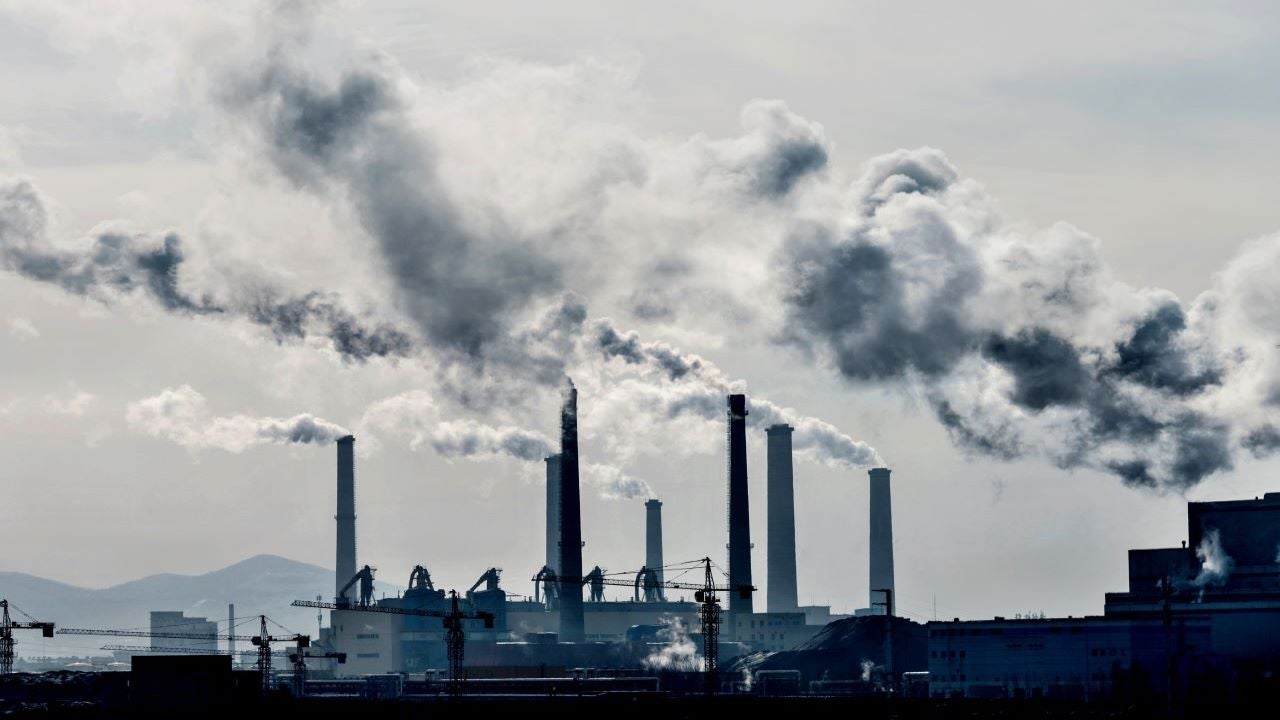We have seen a rapid and dramatic market correction as a result of the news flow around the COVID-19 outbreak. This appears to be an overreaction, in my view — but I would not be surprised to see the sell-off continue as uncertainty remains high on key issues: ease of transmission, length of time a person can be infected and contagious without showing symptoms, mortality rates, and length of time before the infection rate stabilizes globally.
Has Chinese economic data reached the bottom?
The situation in China in terms of contagion already appears to be improving, as new infection data is being driven by cases outside of China. Having said that, economic data is poor — especially the February Purchasing Managers’ Indexes (PMIs) just released this past weekend. China’s official manufacturing PMI dropped to 35.7 — from 50.0 in January — while the services PMI dropped to 29.6 from 54.1 in January.1 However, that is to be expected given the extreme measures taken by the Chinese government to lock down travel and commerce in order to stem the tide of infection.
I suspect the data for February will represent the bottom, and that March data will indicate improvement. If this is the case, it suggests the greatest impact on Chinese economic growth will be felt in the first quarter of 2020. In China, we expect a V-shaped economic recovery, with a sharp rebound quickly following the first-quarter fall.
The path to economic recovery will vary across the globe
However, for many other countries, infections are rising rapidly. And while there are various measures being employed to slow the spread of COVID-19, in general they are likely to be less effective than the actions taken by the Chinese government.
For most major economies, depending on how the virus develops, we see the risk of a significant negative impact on growth through the second quarter of 2020 and possibly longer. We believe some countries’ economies will experience a V-shaped recovery while others will experience a U-shaped recovery, with a rebound taking longer to get off the ground. The path of economic recovery depends on the length of time the contagion spreads without stabilization, as well as the policy response of each respective country.
At this juncture, here is what we anticipate in terms of the impact and the policy response:
- We believe it is more likely that the US experiences a V-shaped recovery given favourable economic conditions in the country.
- We do not currently expect the coronavirus to have a substantial impact on the global economy beyond 2020. While we are unsure of the timeline of this contagion, we believe it will be relatively short-term in nature.
- In terms of earnings, we of course expect an earnings recovery in Chinese equities first. It should take longer for an earnings recovery for other major stock markets given where they are in the contagion cycle.
- China has continued to provide significant stimulus, both monetary and fiscal, to help support its economy, and we expect most other major economies to provide an adequate policy response.
- However, developed countries will likely focus on monetary policy rather than fiscal stimulus. Federal Reserve (Fed) Chair Jay Powell issued a statement of reassurance on Friday: “The fundamentals of the US economy remain strong. However, the coronavirus poses evolving risks to economic activity. The Federal Reserve is closely monitoring developments and their implications for the economic outlook.” This indicates the Fed stands ready to act and provide monetary accommodation if needed.
- A specific risk is that a rise in infections will lead to people hunkering down more, resulting in cash flow issues for select companies, resulting in wider credit spreads. Policymakers may need to respond to provide emergency liquidity.
Asset class implications
At a tactical level, we believe investors should continue to favour risk assets, especially stocks, but ensure they are well-diversified.
We believe that this is still a secular bull market potentially favouring stocks over bonds and credit over Treasuries. Nonetheless, investors should be prepared that, in the near term, volatility in markets is likely to persist, and equities and credit may fall under additional pressure. The good news is that the 10-year US Treasury yield and the copper-to-gold ratio seem to already be pricing in close to worst-case scenario outcomes.
Within stocks, we favour Chinese equities as well as global equities that have significant revenue exposure to China, given our view that earnings will likely recover first in China due to the trajectory of the disease. US stocks could also perform well, given our expectation that the Fed will provide adequate policy support. While we are not calling a bottom, we believe investors should be ready to take potential advantage of buying opportunities as they present themselves.
Within fixed income, we continue to favour credit over sovereign debt. This is particularly so given currently falling rates.
We continue to encourage adequate exposure to alternatives, including real estate.






